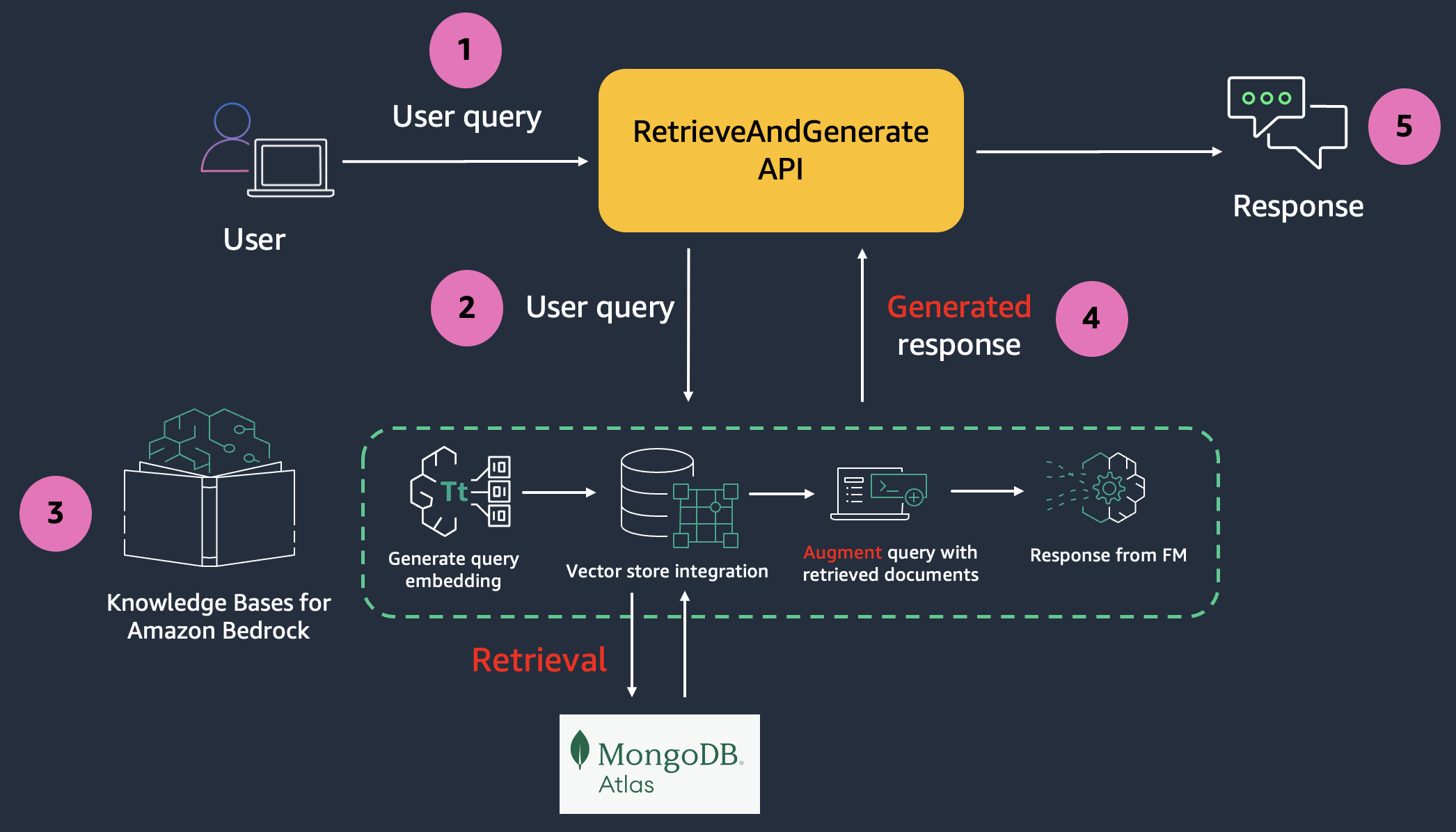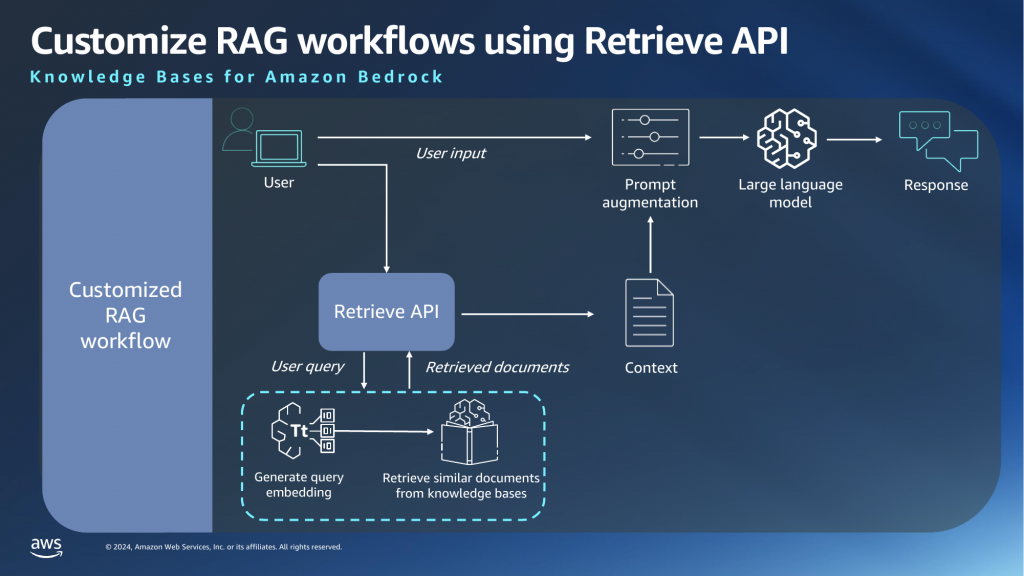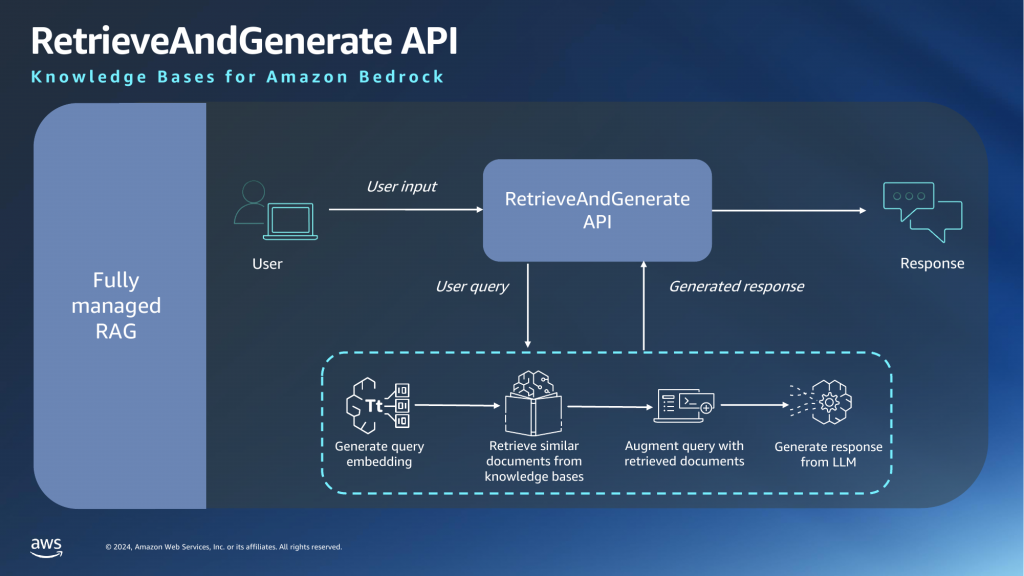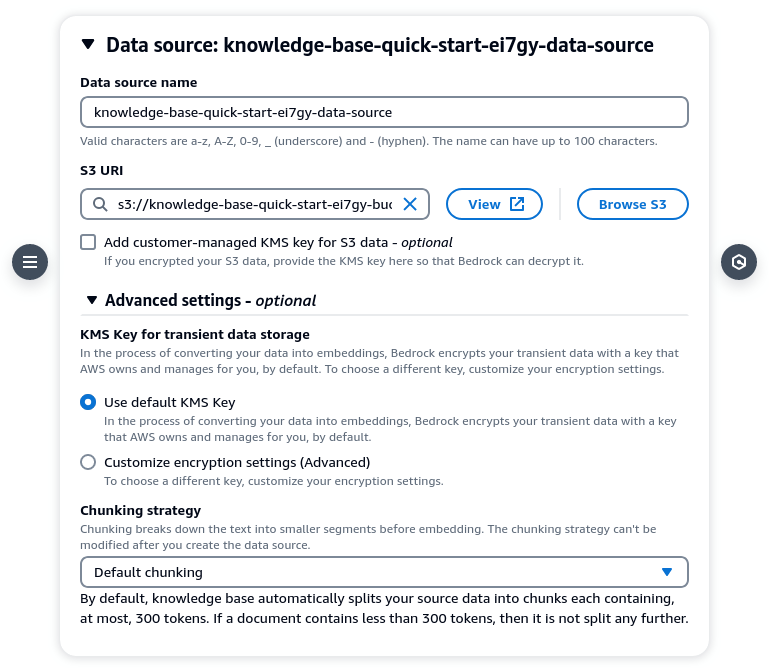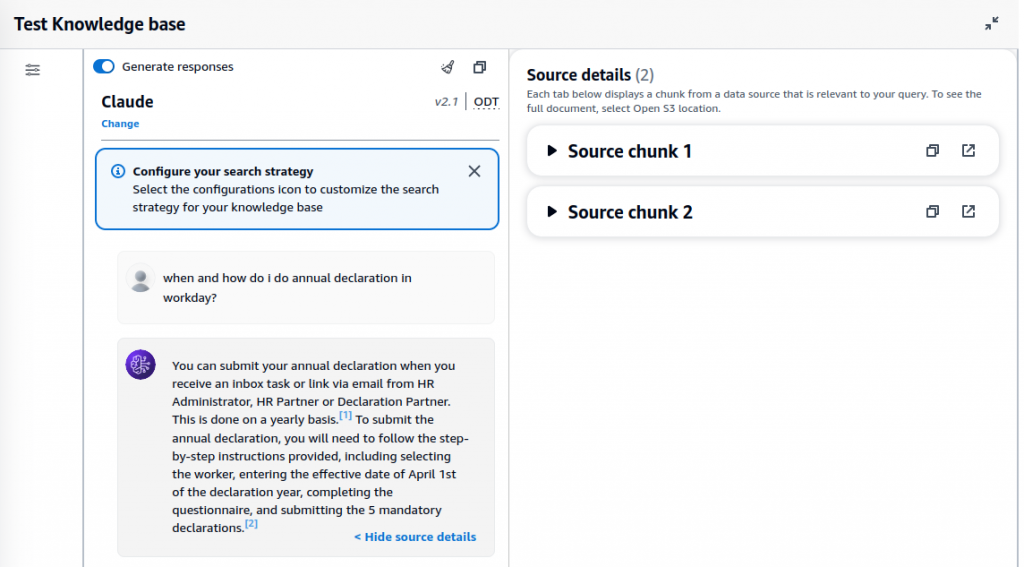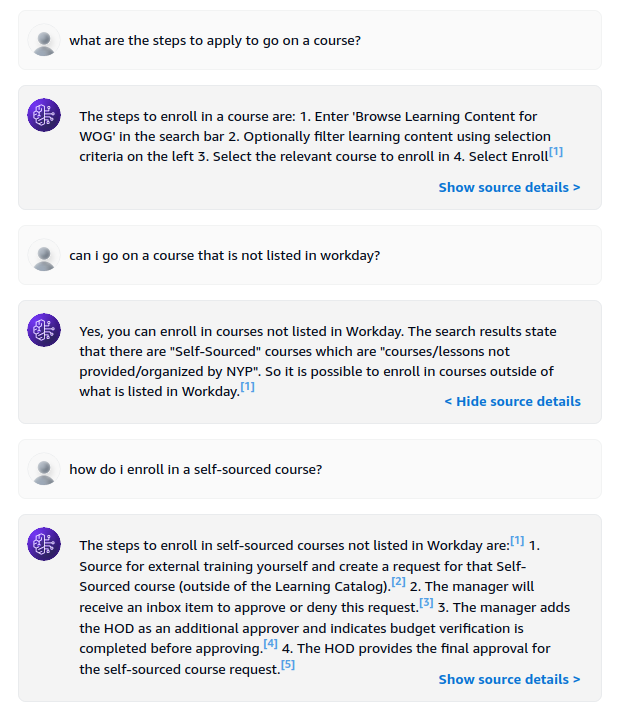Dear companies, please stop using the term “Copilot” for everything. It is honestly confusing and doesn’t help anyone. Imagine a conversation like this:
Person A: Hey, have you tried Copilot? It's honestly amazing!
Person B: Yeah! I was using it to finish writing my Python assignment in half the time!
Person C: I didn't know you can do that? I was using Copilot to setup my AWS ECS services
Person D: Wait what? Isn't Copilot for summarizing emails and drafting Word documents?¯\_(ツ)_/¯
How many “Copilots” are out there really? Let’s see.
Github Copilot
This should be familiar to developers.
GitHub Copilot is an AI coding assistant that helps you write code faster and with less effort, allowing you to focus more energy on problem solving and collaboration.
From the website
In short: Coding assistant
AWS Copilot
This one is less well-known, unless you are a AWS power user.
AWS Copilot is an open source command line interface that makes it easy for developers to build, release, and operate production ready containerized applications on AWS App Runner, Amazon ECS, and AWS Fargate.
From the website
To be fair, AWS Copilot was launched in 2020, before everyone started using the term to mean some form of AI assistant.
In short: Another AWS command line tool
It gets more confusing from here.
Microsoft Copilot (formerly known as Bing Chat, or Bing AI)

I can’t actually find an official definition for Microsoft Copilot. Lol.
As of Nov 2024, if you do a search and end up in the above page, all you see is a chat interface and page titled “Microsoft Copilot – Your AI companion”.
In short: ChatGPT variant
Note that if you sign in using your work Microsoft account, you will be unable to use Microsoft Copilot. You must either:
- Sign in with a personal account, or
- Sign out completely, or
- Use Microsoft 365 Copilot (see next section)
In addition, the features you can use in (1) and (2) are slightly different. Sounds confusing? Let’s go on.
Microsoft 365 Copilot

The official page for Microsoft 365 Copilot is full of marketing-speak. It doesn’t help that different features are available depending on the region you are in. For the purpose of this article, we’ll go with the US version.
Based on info from the page, Microsoft 365 Copilot is an AI-powered virtual assistant that is integrated into Microsoft 365 apps like Word, Excel, PowerPoint, and Outlook. The gist of what is included is covered in the pricing section – a per-user license is required. When you meet others at work talking about “Copilot”, they are mostly likely referring to this.

In short: Clippy on steroids
Microsoft Dynamics 365 Copilot
There’s not a lot of content on this. Just a blog post from Microsoft. From what I can tell, Microsoft Dynamics 365 Copilot is an add-on to Microsoft Dynamics 365 range of products that deals with CRM and ERP.
In short: A chat interface for Dynamics 365
Microsoft Copilot in Azure
This newly launched feature is in preview, and the official website says: Simplify operations and management from cloud to edge with an AI companion.
In short: FAQ for Azure
Actually there are more, like this and that, and also not forgetting this. And I’m sure I’m missing quite a few others as well. Hopefully we will quickly move past this fad and avoid situations like the hypothetical conversion at the beginning of this article.
Or if you are still confused, you can always ask “Copilot”. 🙂


